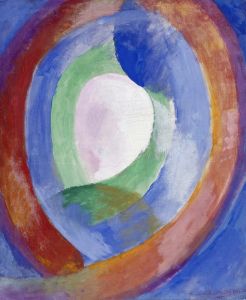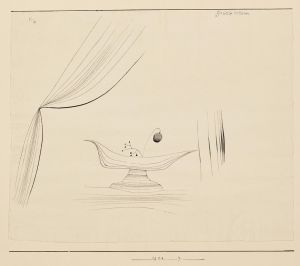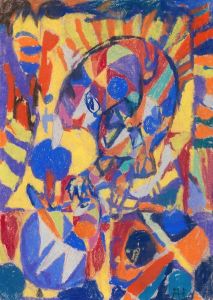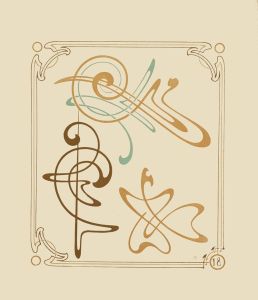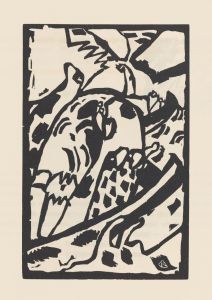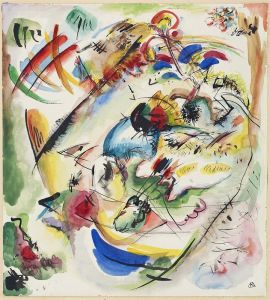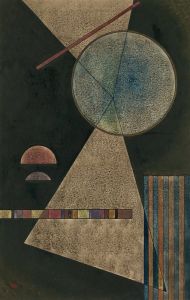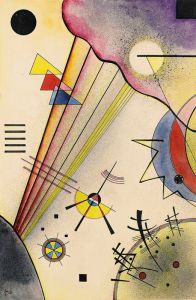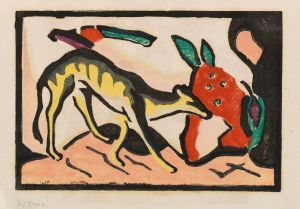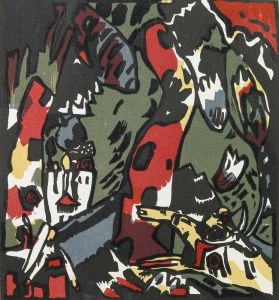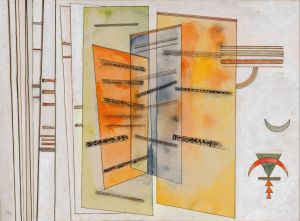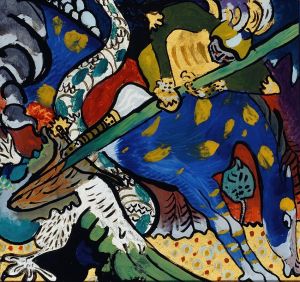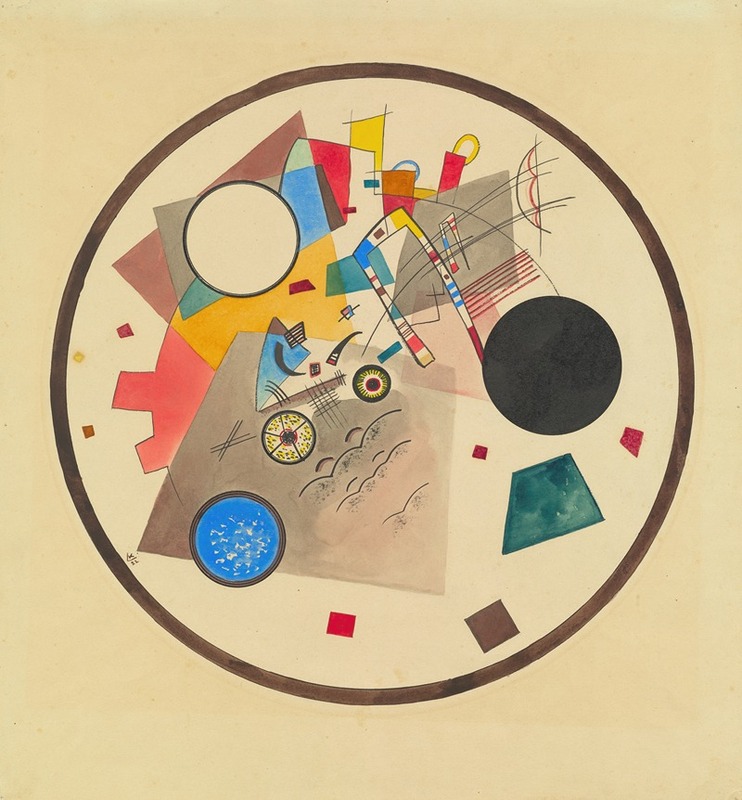
Light Circle
A hand-painted replica of Wassily Kandinsky’s masterpiece Light Circle, meticulously crafted by professional artists to capture the true essence of the original. Each piece is created with museum-quality canvas and rare mineral pigments, carefully painted by experienced artists with delicate brushstrokes and rich, layered colors to perfectly recreate the texture of the original artwork. Unlike machine-printed reproductions, this hand-painted version brings the painting to life, infused with the artist’s emotions and skill in every stroke. Whether for personal collection or home decoration, it instantly elevates the artistic atmosphere of any space.
Wassily Kandinsky, a pioneering figure in abstract art, created the painting "Light Circle" in 1923. This work is a quintessential example of Kandinsky's exploration of geometric abstraction, a style he developed during his time at the Bauhaus, a revolutionary art school in Germany where he taught from 1922 to 1933. Kandinsky's tenure at the Bauhaus was marked by a shift towards a more structured and geometric approach to painting, influenced by the school's emphasis on combining art, craft, and technology.
"Light Circle" embodies Kandinsky's interest in the spiritual and emotional effects of color and form. The painting features a complex interplay of geometric shapes, including circles, lines, and arcs, rendered in a vibrant palette. The use of circles is particularly significant, as Kandinsky believed that the circle was a perfect form, representing the cosmos and the spiritual realm. This belief is evident in "Light Circle," where the central circular motif draws the viewer's eye and serves as a focal point for the composition.
Kandinsky's work during this period was heavily influenced by his theoretical writings, particularly his book "Point and Line to Plane," published in 1926. In this text, Kandinsky elaborates on his theories of how different shapes and colors can evoke specific emotions and spiritual responses. "Light Circle" can be seen as a visual representation of these ideas, with its harmonious balance of form and color designed to elicit a contemplative and introspective reaction from the viewer.
The painting also reflects Kandinsky's interest in synesthesia, the phenomenon where one sensory experience can involuntarily trigger another, such as seeing colors when hearing music. Kandinsky often likened his paintings to musical compositions, with each element corresponding to a note or chord. In "Light Circle," the rhythmic arrangement of shapes and the dynamic use of color can be seen as a visual symphony, inviting viewers to experience the painting both visually and emotionally.
"Light Circle" is part of a broader movement within Kandinsky's oeuvre towards abstraction and the exploration of non-representational forms. This shift was part of a larger trend in early 20th-century art, where artists sought to break away from traditional representational art and explore new ways of expressing the complexities of the modern world. Kandinsky's work, including "Light Circle," played a crucial role in this movement, influencing countless artists and contributing to the development of abstract art as a major artistic genre.
Today, "Light Circle" is celebrated as a masterpiece of abstract art, showcasing Kandinsky's innovative approach to form, color, and composition. It remains an important work for understanding the evolution of modern art and the ways in which artists have sought to express the intangible aspects of human experience through visual means. The painting is housed in various collections and continues to be studied and admired for its artistic and historical significance.





